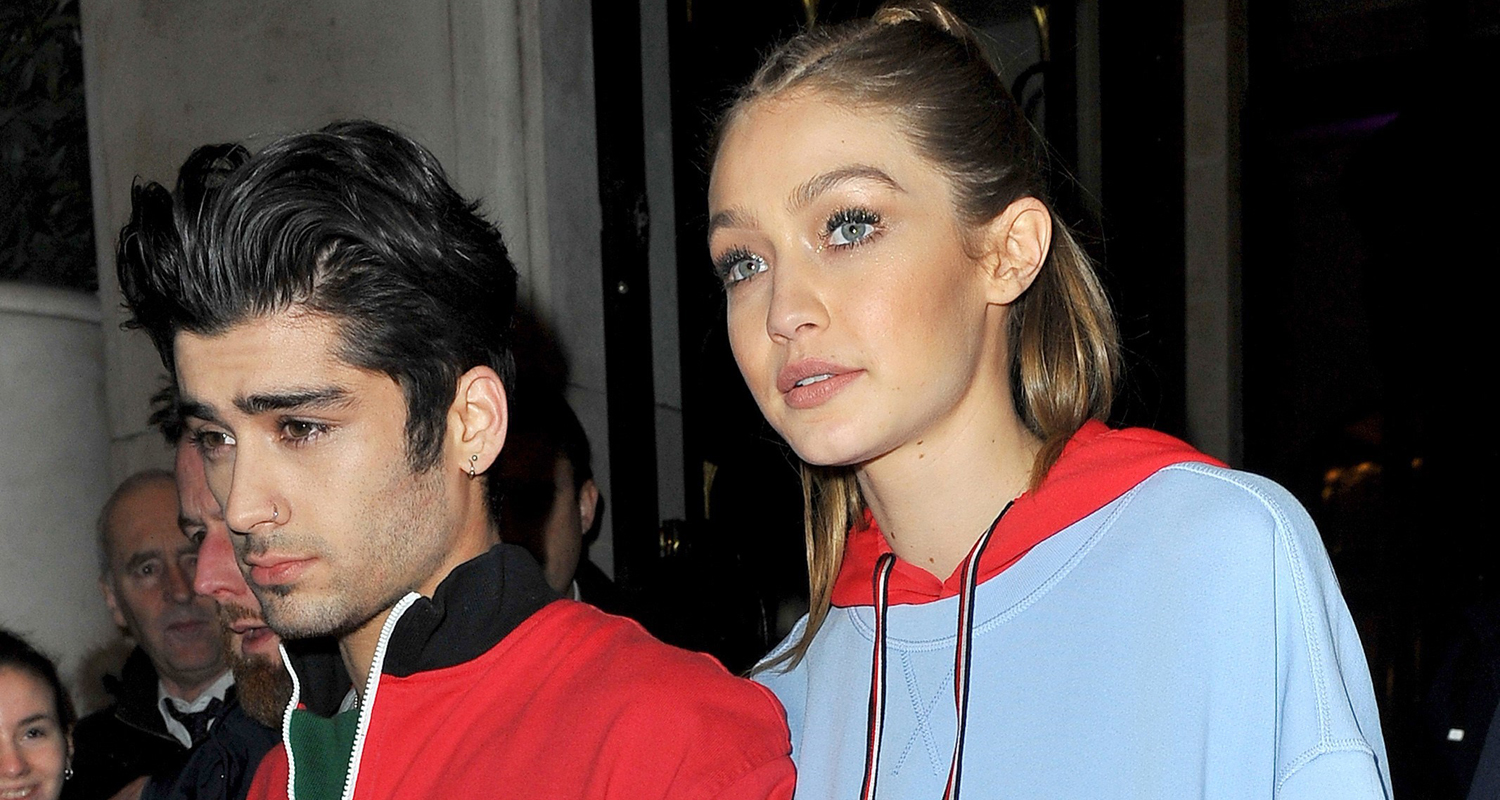Fashion's Blurring Gender Lines
MONA AHUJA
A leading fashion and lifestyle publication found itself in the middle of a heated controversy, after readers objected to a cover story that portrayed model Gigi Hadid and her boyfriend musician Zayn Malik as a ‘gender fluid’ couple. The magazine attached the tag to the couple after Hadid and Malik admitted to wearing each other’s clothes.
The magazine had to issue an apology after tons of tweets, messages and posts flooded the internet objecting to the over-reach and mocking the publication for its definition of the phrase. “What you wear doesn’t make you gender fluid,” was the general reaction, correctly pointing to the fact that the term has more to do with identity than with fashion.
To be fair, Hadid and Malik hadn’t used the term to describe themselves. They spoke about something many couples today can relate to -- namely, borrowing each other’s clothes. "I shop in your closet all the time, don't I?" Hadid tells Malik. Malik then pointed out that he does the same, referring to the time he he borrowed an Anna Sui T-shirt from her and adding: "I like that shirt. And if it's tight on me, so what? It doesn't matter if it was made for a girl." "Totally. It's not about gender. It's about, like, shapes. And what feels good on you that day. And anyway, it's fun to experiment,” Hadid concludes.
The publication, however, took a very normal conversation between a couple, and turned it into a case of ‘gender fluidity’ -- pointing to the fact that gender lines are now blurring in fashion and in society.
Now, while labelling this phenomenon as ‘gender fluidity’ may have been a huge overreach … after all, gender fluidity is more about identity than about fashion, with how you dress a small element of a much larger context … the publication did correctly point out a new fashion trend. Namely, the fact that gender lines today are blurring, with men’s and women’s fashion incorporating trends from one another.
As the publication itself points out, take the case of Alessandro Michele dressing his Gucci girls in dandyish suits and Gucci boys in florals and brocade. Or the times when Evan Rachel Wood wore tuxedos on the red carpet. Or Pharrell Williams sashaying down the Chanel runway in a tweed blazer and long strings of pearls. Or Young Thug posing on the cover of his mixtape in a long dress. Or design houses like Prada and Calvin Klein combining their men’s and women’s collections together, showing them on the same catwalk and twinning certain looks -- meaning exact fabrics, identical embellishments and nearly identical silhouettes. Designer Craig Green did a show a couple of years ago which he described as “romanticising his signature for masculinity”. Vivienne Westwood had a collection inspired by unisex pinup Tilda Swinton, with Westwood encouraging the notion to “take beautiful pieces from your wardrobe or from that of your friend or partner and style together with your old favourites”.
The list goes on…
Fashion today isn’t as gender-rigid as it was in the past. Men’s fashion is no longer restricted to well-tailored suits, formal leather shoes and bow-ties. Women’s fashion is no longer just all about feminine silhouettes and fabrics… in fact, more and more designers are now pushing the envelope and incorporating both feminine and masculine elements in their collections.
Off the runway, this translates into men and women being more comfortable with shapes, silhouettes, fabrics, and even pieces that are traditionally considered the reserve of the other gender. The ‘boyfriend’ shirt is just one glaringly obvious example where loose button-down shirts -- traditionally made for men -- made their way as essential pieces in a women’s wardrobe. There’s also the rise of the pant-suit -- made famous recently by Hillary Clinton but in reality quite a central feature of the working woman’s wardrobe.
For men, skinny jeans -- traditionally meant for women -- saw a huge rise in popularity, with the style now being ubiquitous in how it’s targeted at men. Another staple in a well-groomed man’s cupboard is the ‘man-purse’ -- where men, tired perhaps of jamming essentials in far-too-small pockets, embraced the key feature of a woman’s put together outfit: the purse.
Gender neutral hairstyles keep making comebacks, with the ponytail now a trend on both men and women. The bob -- short hair -- is also fashionable on both men and women.
It’s perhaps no surprise then that the fashion world has seen the advent of unisex models, with Elliott Sailors, who models for both mens- and womenswear, and Saskia De Brauw, who modeled menswear for Saint Laurent and Andreja Pejić – nee Andrej Pejić.
Gender today isn’t understood as the rigid, conventional box that identities were relegated to in the past… and fashion echoes this change. Gender neutral dressing isn’t the latest trend, in fact it’s the new normal.





